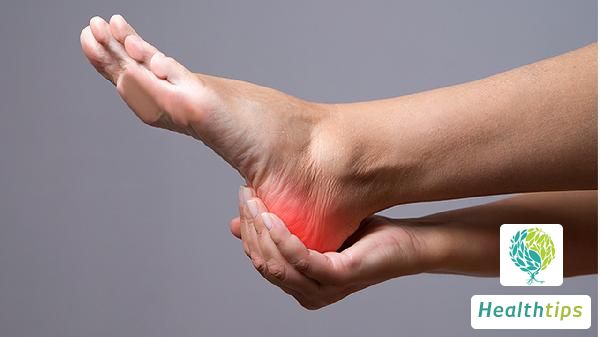"How is Arthropathic Psoriasis Diagnosed in Western Medicine?"
There are many types of skin diseases, among which psoriasis is a very common one. This disease significantly impacts the lives of many people. Psoriasis manifests in various symptoms, and many patients are prone to misdiagnosis when seeking hospital diagnosis and treatment. Therefore, we will introduce in detail the Western medical diagnostic methods for psoriatic arthropathy below.

Psoriasis initially presents as inflammatory flat papules ranging from needlehead to lentil size, gradually increasing to coin-sized or larger light red infiltrated plaques with clear borders, covered with multiple layers of silvery white scales. Gently scraping off the surface scales reveals a prominent layer of light red, bright, semi-transparent membrane, known as the film phenomenon. Scraping off this membrane further reveals small bleeding points, known as the Auspitz sign.
Secondary erythrodermic psoriasis patients are referred to as having erythrodermic psoriasis: the rash has a small amount of exudate and is covered with wet scales. Alternatively, it may initially manifest as small pustules accompanied by fever and other symptoms, known as pustular psoriasis; when combined with joint lesions, it is called psoriatic arthritis.
Conditions such as disease severity, possible triggers, disease progression, family history of the disease, history of infection or trauma before onset, previous treatment processes and responses are all matters that patients should pay attention to, and these belong to the category of diagnostic methods. After scraping off the silvery white scales, there will be a layer of "film," and continuous scraping will result in the appearance of bleeding points.
When there is a rash on the scalp, the hair does not fall out, but the scales cause the hair in the damaged area to cluster together, resulting in the so-called "pencil-like hair" appearance of the disease. Please note that rashes in some extraordinary locations may be atypical, such as those involving mucous membranes and fingers.



















